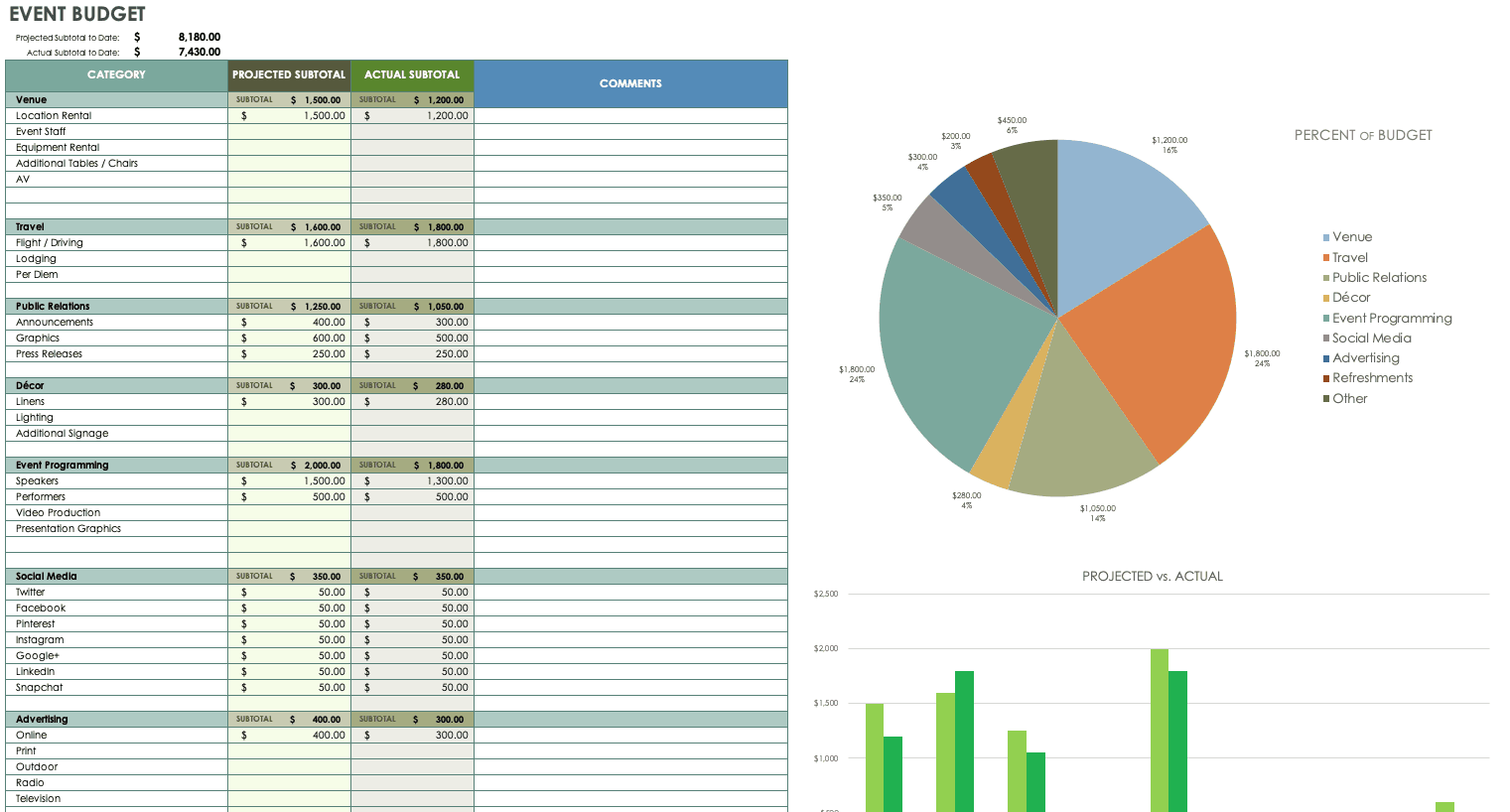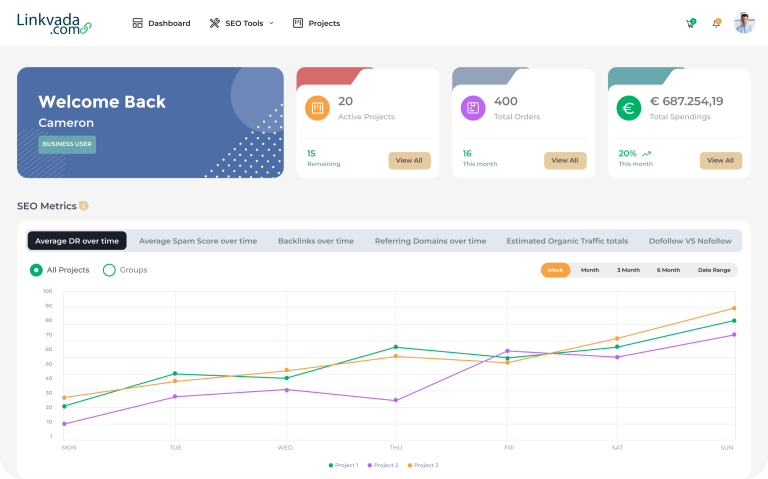
In the ever-evolving world of digital marketing and e-commerce, understanding how much each visitor contributes to your revenue is essential. This is where Revenue per Visit (RPV) comes into play. RPV is a critical metric that helps businesses gauge the effectiveness of their online strategies by measuring the average income generated from each user session. In this article, we’ll explore what RPV is, why it matters, and how you can track and optimize it to boost your bottom line.
What Is Revenue per Visit and Why It Matters
Revenue per visit (RPV) is a performance metric used to calculate the average amount of money generated from each unique visitor to your website or online store. It’s calculated by dividing your total revenue by the number of unique visitors during a specific time period.
For example, if your e-commerce site generates $10,000 in sales from 2,000 unique visitors in a month, your RPV would be $5 per visitor.
This metric is crucial because it provides a more holistic view of your business’s performance than just looking at conversion rates or average order value (AOV). While conversion rate tells you how many visitors become customers, and AOV shows how much each customer spends, RPV combines these insights to show how effectively your entire sales funnel is converting traffic into revenue.
In today’s competitive digital landscape, businesses that ignore RPV risk missing out on opportunities to refine their marketing strategies, improve customer experience, and increase profitability.
How Revenue per Visit Impacts SEO Performance
While RPV itself isn’t a direct SEO ranking factor, it plays a significant role in how well your website performs in search engines. Here’s how:
1. User Engagement and Dwell Time
Search engines like Google prioritize websites that provide value to users. If your RPV is high, it often means that your content or products are engaging and relevant to your audience. This can lead to longer dwell times, which are a positive signal for search engines.
2. Conversion Rate Optimization (CRO)
A higher RPV indicates that your site is effective at converting visitors into paying customers. CRO efforts—such as improving product pages, optimizing checkout processes, and enhancing user experience—can also improve your site’s SEO performance by increasing organic traffic and reducing bounce rates.
3. Content Relevance and Authority
When visitors return to your site multiple times (as seen in repeat visits), it signals to search engines that your content is valuable. Tracking RPV can help you identify which pieces of content or products drive the most revenue, allowing you to focus on creating more of what works.
4. E-E-A-T and Trust Signals
Google’s E-E-A-T (Experience, Expertise, Authoritativeness, Trustworthiness) guidelines emphasize the importance of providing high-quality, trustworthy content. A strong RPV can indicate that your audience trusts your brand, which aligns with these guidelines and can positively influence your search rankings.
Step-by-Step Implementation Framework
To effectively track and optimize your Revenue per Visit, follow this structured approach:
1. Define or Audit the Current Situation
Start by assessing your current RPV. Use tools like Google Analytics, Shopify, or other e-commerce platforms to gather data on your total revenue and unique visitors. Identify trends over time and compare them to industry benchmarks.
Example:
If your RPV has been declining over the past quarter, investigate whether it’s due to changes in traffic quality, product offerings, or user behavior.
2. Apply Tools, Methods, or Tactics
Use analytics and marketing tools to track and analyze your RPV. Some recommended tools include:
- Google Analytics: For tracking website traffic and conversions.
- Hotjar: To understand user behavior and pain points.
- SEMrush or Ahrefs: For keyword and competitor analysis.
- Elevate A/B Testing: To test different versions of your landing pages or product pages.
Tip: Segment your traffic by source (organic, paid, social, referral) to see which channels are driving the highest RPV.
3. Measure, Analyze, and Optimize
Once you have data, look for patterns and areas for improvement. Focus on:
- Improving Conversion Rates: Reduce friction in your sales funnel, enhance product descriptions, and use clear calls-to-action.
- Increasing Average Order Value (AOV): Offer bundles, upsells, and discounts for larger purchases.
- Enhancing User Experience: Ensure your site is mobile-friendly, fast, and easy to navigate.
Example:
If your RPV drops after launching a new feature, conduct A/B testing to determine if the change is negatively impacting user engagement.
Real or Hypothetical Case Study
Let’s take a hypothetical case study of an online clothing retailer called “StyleCo.”
Before Optimization:
– Total Revenue: $20,000
– Unique Visitors: 4,000
– RPV: $5
After Implementing Changes:
– Improved product recommendations and bundling
– Optimized checkout process
– Enhanced mobile experience
Results:
– Total Revenue: $30,000
– Unique Visitors: 5,000
– RPV: $6
By focusing on both increasing traffic and improving conversion efficiency, StyleCo saw a 20% increase in RPV, leading to higher overall revenue.
Tools and Techniques for Revenue per Visit
Here are some of the best tools to help you track and optimize your RPV:
- Google Analytics – Provides detailed insights into website traffic, user behavior, and conversion rates.
- Hotjar – Helps visualize how users interact with your site through heatmaps and session recordings.
- SEMrush – Useful for keyword research and competitor analysis to identify traffic opportunities.
- Elevate A/B Testing – Enables you to test different versions of your website to maximize conversions.
- Shopify Analytics – Ideal for e-commerce businesses to track sales and customer behavior.
- Klaviyo – Great for email marketing and customer retention strategies that can boost RPV over time.
Each of these tools can be integrated into your workflow to give you a comprehensive view of your RPV and help you make data-driven decisions.
Future Trends and AI Implications
As AI and machine learning continue to shape the digital landscape, the way we track and interpret metrics like RPV will evolve. Search Generative Experience (SGE) and other AI-powered tools are already changing how users interact with search results, making it even more important to understand what drives revenue per visit.
Future trends to watch include:
- AI-Powered Personalization: Tools that analyze user behavior to deliver tailored experiences, potentially increasing RPV.
- Voice Search Optimization: As more users engage with voice assistants, optimizing for conversational queries can improve RPV.
- Predictive Analytics: AI models that forecast RPV based on historical data and user behavior, enabling proactive adjustments.
Staying ahead of these trends will require continuous learning and adaptation, but the rewards in terms of improved ROI and customer satisfaction are well worth the effort.
Key Takeaways
- Revenue per Visit (RPV) is a key metric that measures the average income generated from each unique visitor to your site.
- It provides a more complete picture of your business’s performance than just conversion rate or average order value.
- Tracking RPV helps you identify which marketing strategies and website elements are driving the most revenue.
- Tools like Google Analytics, Hotjar, and A/B testing platforms are essential for monitoring and optimizing RPV.
- Future trends, including AI and voice search, will further impact how we measure and improve RPV.
By focusing on RPV, you’re not just tracking numbers—you’re building a more sustainable and profitable digital business.
Meta Title: How to Track Revenue per Visit: Calculating Income per User Session
Meta Description: Learn how to track revenue per visit (RPV) and calculate income per user session. Discover the importance of RPV and how to optimize it for better business outcomes.
SEO Tags (5): revenue per visit, rpv, income per user session, e-commerce metrics, conversion rate optimization
Internal Link Suggestions: Parameter #1: Search Intent Alignment, Parameter #5: Topical Depth & Relevance, Parameter #10: Updated Data & References
External Source Suggestions: Google Analytics, Hotjar, SEMrush

![]()








